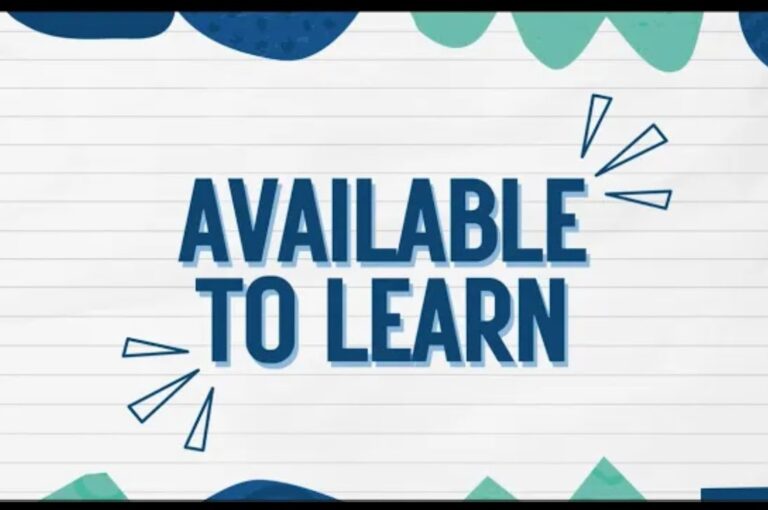Penny Kittle, a veteran English Language Arts teacher, argues that our students are readers and writers, and we need to teach them as such. We need to help students see themselves as writers. She says all writers need time, choice, response, vision, and expectations, and that these would be the conditions to “move writers.” Building time to write daily is key for this to happen.
Importance of Daily Writing
In the Quickwrite Handbook, Linda Rief argues that there are many reasons why students benefit from daily writing in school.
- Helps to focus students’ attention and stimulates thinking
- The focus is on the writing “process” and not as much on the “product”
- Builds writing fluency by increasing volume
- Introduces students to a variety of stylistic devices and craft moves
- Provides and captures “seed” ideas for future writing
- Builds writing confidence
- Gives students choices about what they write, how they write, and what works and does not work in a low-stakes situation
Structure Suggestions
Writing with Students (Modelling)
If we want our students to see themselves as writers, it is important for us as teachers to see ourselves as writers. When students have writing time, take the time to also write: respond to the prompt they are responding to, journal, or quick write. If you are able to show students your writing, whether through a document camera or by having your digital writing document on display, this will help students see you struggle through the writing process.
Time to Write and Build Stamina
Encouraging sustained writing builds student stamina. How long a student writes in one sitting depends upon their age. Start out with a short amount of time, and work towards an age appropriate goal. Most experts recommend 2-4 minutes of uninterrupted writing time. Students will have difficulty in the beginning writing for the entire time, but encourage them to continue writing daily. Their hands will stop cramping, ideas will flow and writing will become easier once they build stamina from day to day.
Time to Revise and Edit
This is the perfect opportunity to teach a focus lesson, and have students revise or edit their work based on a specific writing skill. Allow 7-10 minutes for this process. Teaching a writing skill in context will help students develop as writers.
Set Up a Writer’s Notebook
This is a place for students to write and serves as a collection of their writing. Here are some things to consider:
- Is it easily portable to bring back and forth to school?
- Is it paper or digital?
- Is it easily refillable once it becomes full?
- What sections will it have?
- Will students be able to personalize their notebook?
- Is the notebook’s size and format easy for teachers to collect and read?
Sharing Notebook Writing as a Community of Writers
“Writers need feedback, not evaluation.” (Donald Murray) When students share their writing in class they write for a real audience and they become a part of a writing community. The community of writers is able to compliment, critique and celebrate the writing that is created. When students know they are expected to share their work, with their teacher or their class, they feel accountable for the quality of the work they produce. Sharing can be as quick as a brief “turn and talk” with a partner, or it can have designated “writer’s group time” in your weekly schedule. Teach students how to give quality feedback.
Writing Conferences
Writing conferences between the teacher and student serve as a way to see students develop their writing skills. Conferences help to make the student’s thinking more visible to the teacher. Conferencing occurs at any point in the writing process – from pre-writing through to revising. The teacher and the individual student, work together to set a writing goal, discuss ways to meet that goal, and review once the writing goal is met. This process repeats.
Engaging Writing Prompts (bonus – they are free!)
- Writing Prompts for Students – John Spencer
- A YouTube playlist with short, engaging, and creative video writing prompts for students
- Pobble 365
- 365 different visual writing prompts for students, with bonus questions and topics to probe direction
- New York Times Writing Prompts
- A variety of writing prompts based around three categories: picture prompts, student opinion questions, and current event conversations
References
Kittle, P. (2008). Write Beside Them. Heinemann.
Rief, L. (2018). The Quickwrite Handbook. Heinemann.







